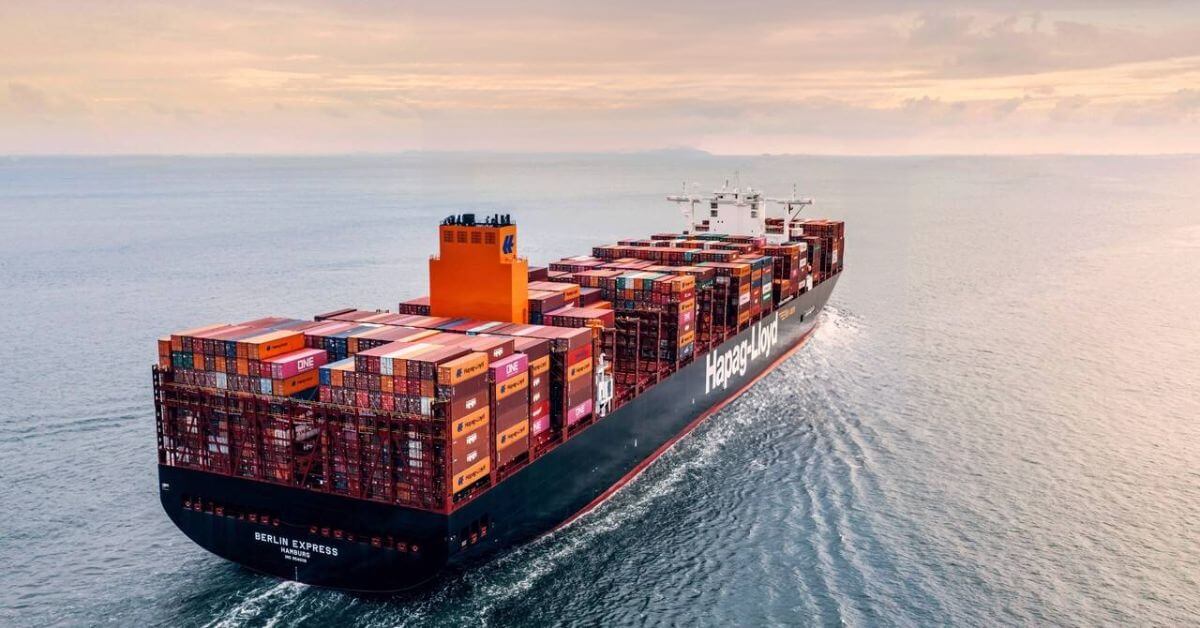The notation comes with guidance to support shipowners, designers, and operators in selecting appropriate, best-practice mitigations based on the specific fire risk profile of a vessel.
The July 2025 update to LR’s Rules and Regulations for the Classification of Ships introduces the new notation as the first of its kind to apply the LR ShipRight Risk Based Certification (RBC) methodology to container ship fire safety.
This framework flexibly yet robustly identifies and validates tailored safety enhancements, from the design phase through to operational deployment.
By aligning with the RBC framework, Fire (C, Risk) also supports LR’s broader goals as it innovates, assimilates new technology, digitalises, and verifies design through data.
READ: Lloyd’s Register report reveals surge in LNG retrofits
Gabriele Sancin, LR’s Risk Notation Technical Lead, said: “LR understands that there are many options to enhance containership fire safety, from advanced detection systems to alternative hold arrangements and smart suppression technologies.
“Our new notation Fire (C, Risk) ensures that tailored, effective fire safety solutions are selected from demonstrated best practice to reduce risk to crew, cargo and operations.”
The Spanish Transport Association (AET) has presented a study on “Optimising Document Management in the
The 2025 carrier alliance reshuffle has upended the competitive order among Europe’s major container ports,
Stena Line has announced that it will acquire all the shares in the port operator
Wärtsilä Executive Vice President, Public Affairs and Sustainability, Kari Hietanen, has informed the company of
Nokia and Future Technologies Venture have deployed the Nokia Edge platform at Maher Terminals to





